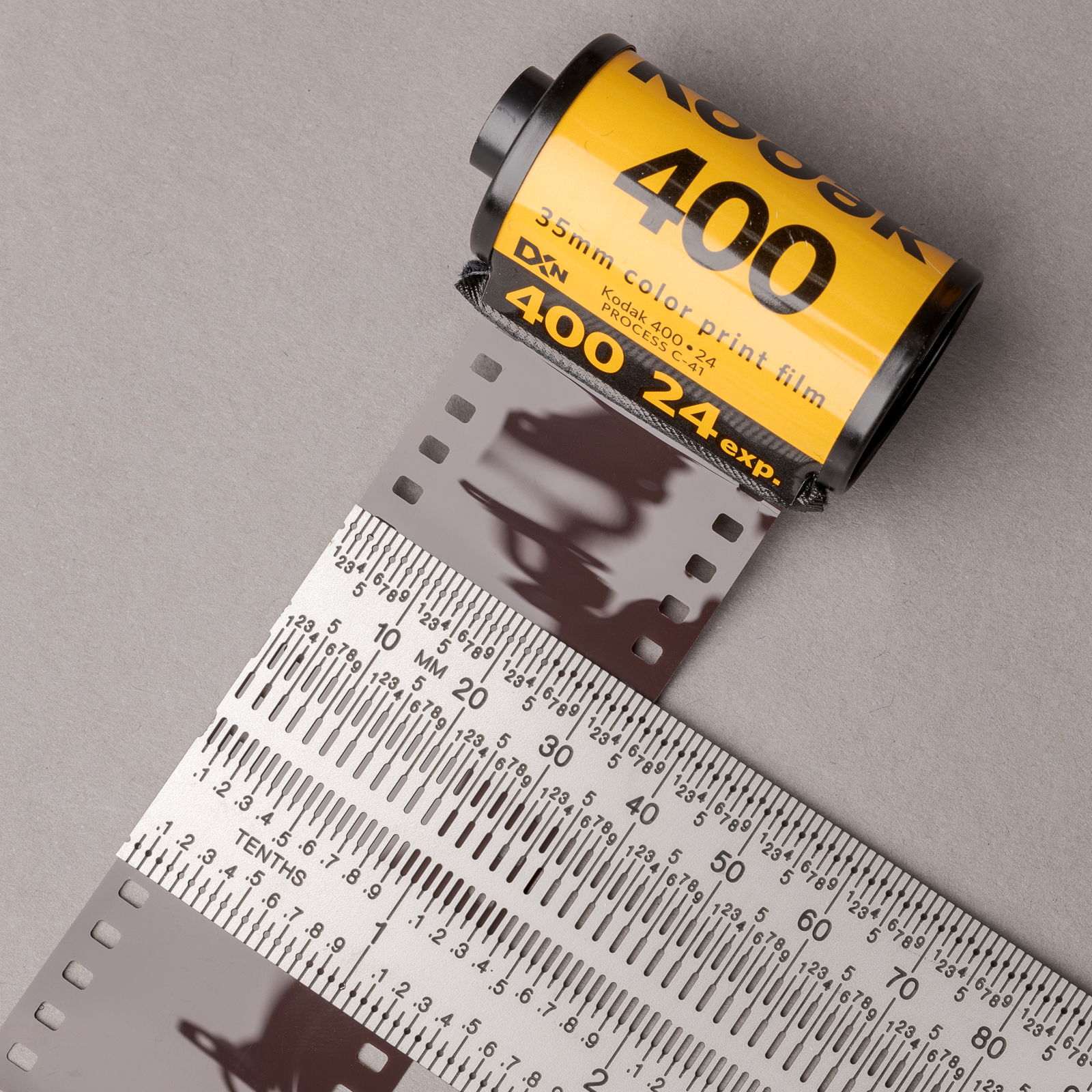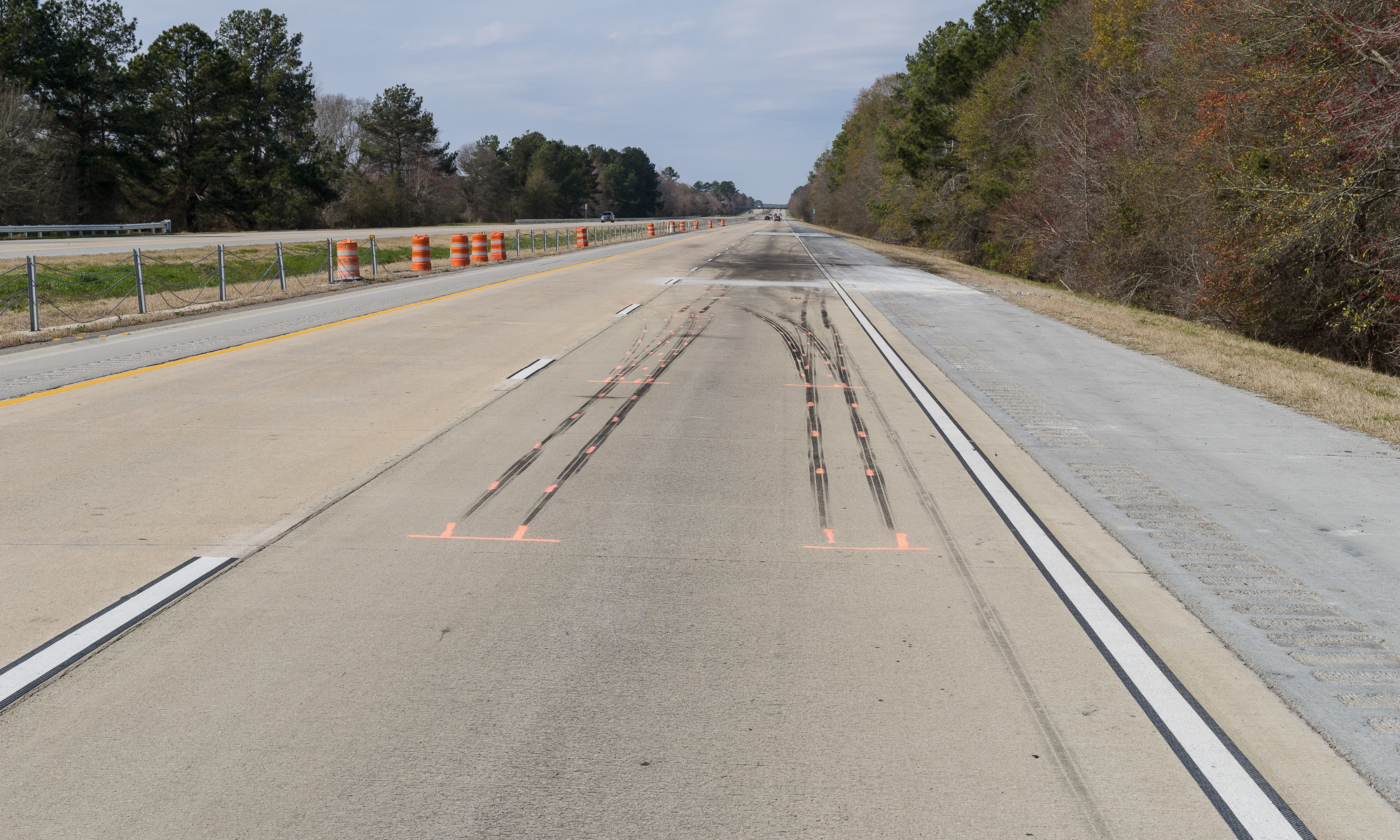Digital single-lens reflex (DSLR) cameras have either full-frame or cropped sensors. A full-frame DSLR sensor (called FX by Nikon) yields an image size approximately 24 mm x 36 mm, just like 35mm SLR film cameras did. Crop sensor cameras are usually 1.5x (DX for Nikon) or 1.6x (APS-C for Canon), but can be 1.2x or 1.3x.
If the full-frame image size is 24 mm x 36 mm, why is it called 35mm? It’s obviously not the length of either side. The diagonal is 43.3 mm, so it’s not that either. (Click on image to enlarge, then click back arrow to return.)
While the “35 mm” designation has no direct relevance to the digital sensor size, it is still useful when referring to the focal length of lens. The diagonal, horizontal, and vertical angles of view of a given lens are the same with a full-frame digital sensor as they are on a 35 mm film camera. For example, the ZEISS Milvus 50 mm f/2 macro lens has a horizontal angle of view of 38 degrees on a full-frame digital sensor just as it does on a 35 mm film camera. The cropped sensor equivalent values will be the subject of another post.
